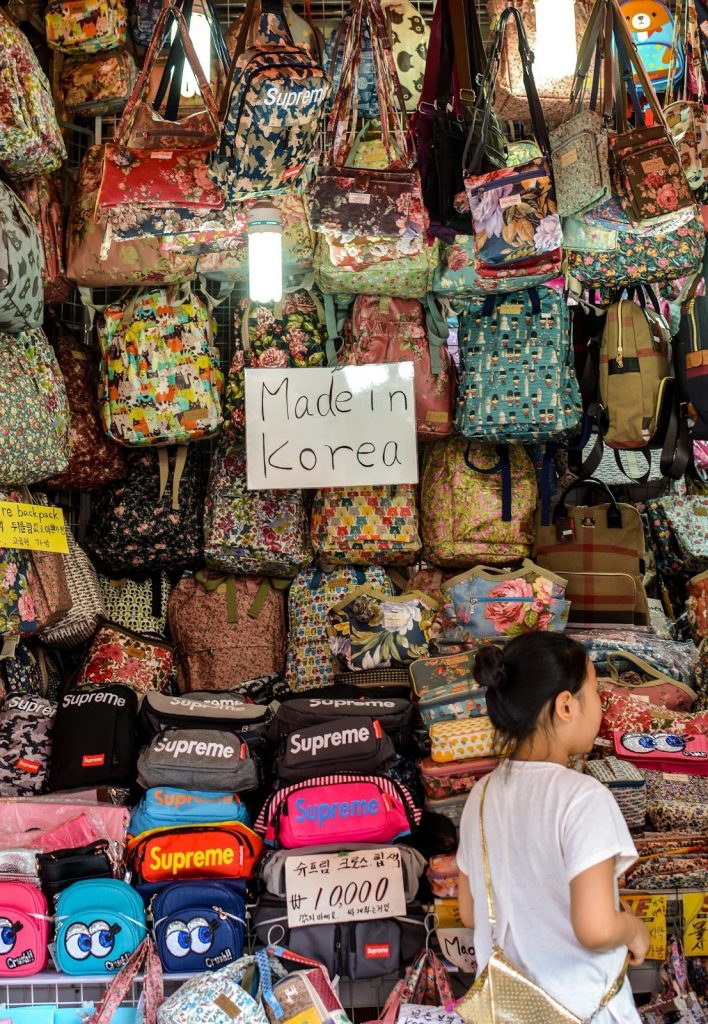Top Ways Retailers Can Fight Against Counterfeit
As a business, you’ve worked hard on creating a product that you’re proud of. There’s a good chance the branding alone took you months to decide. And then there are all sorts of other stuff related to creating a product, like the actual manufacturing process! below in this article, we will cover the Top Ways Retailers Can Fight Against Counterfeit.

As you know, launching a product isn’t easy. It takes time and effort. So no wonder you get so angry the moment you see a counterfeiter selling a fake product under your name, using your branding, your hard work.
Luckily, as a retailer, you don’t have to just accept counterfeiters as an inconvenient part of reality. There are ways that help to protect your product and fight against counterfeit fraud. How?
You’re about to find out in the article below: we’ll go through some of the most common strategies you can employ to defend your product and your business. Putting these steps in place will help you take back control over what is rightfully yours.
It’s time to say no to freeloading. Ready to fight against counterfeit? Then let’s go!
The Threatening Power Of Counterfeit Goods
Let’s start with some statistics in case you are skeptical about the necessity of stopping counterfeit fraud for your brand.
Did you know that, according to the Organisation for Economic Co-operation and Development (OECD), the trade-in of counterfeit (fake) products now constitutes 3.3% of all the trading that’s happening in the world?
To put that into a monetary perspective, global losses as a result of the selling of fake goods amounted to $323 billion in 2017 alone. The Global Brand Counterfeiting Report, as published by AP news, further notes that “the amount of total counterfeiting globally has reached 1.2 Trillion USD” in that same year.
With so much damage done by counterfeit fraud, it only makes sense that as a retailer you’re worried about the effects it might have on your business.
Fortunately, there are several ways in which you can stop this from happening.
5 ways to fight against counterfeit
1. Educate Customers
One of the best ways to stop counterfeiting is by educating your customer base. Explain in your marketing messaging not only how your brand stands out, but how important it is that customers only buy from you or verified resellers.
For example, you can explain how your website will always have the lowest and correct price for your product. If they come across your product somewhere else for cheaper, it’s bound to be a counterfeit.
Further, explain how counterfeit products are often made from a poorer quality or how they often aren’t exact replicas of the actual product. Also mention how your customers don’t have any warranty or other guarantees when buying a counterfeit product.
Lastly, urge your customers to report any counterfeit products they may come across online. You can even reward them with a freebie to show your appreciation!
2. Educate employees
Similarly, you should actively train your own employees to be on the lookout for potential counterfeiters. Just like with training customers, it is all about increasing the number of eyes and ears allowing you to keep an eye on the market.
3. Cover your bases
Another important step is to legally protect your brand and product. After all, once you (or one of your employees or customers) spots a counterfeit product the battle is only starting.
You need to ensure that you are the sole owner of your product and the assets related to that product. This includes branding, design, logo, formula (if applicable), and so on.
To do so, you can (and should) register your product for trademark and copyright protection. This ensures you are the official owner of the product, and therefore gives you the right to sue someone who tries to sell a counterfeit version.
4. Track and monitor product promotions
Despite the first three points, there will be fraudsters trying to resell or counterfeit your product. Therefore, as a brand, you need to have tracking and monitoring software in place to help you locate counterfeit products and where they are sold.
Now there are several options to go about this, but in most cases, it involves web scraping to track down fake products.
You see, a web scraper or web scraping tool can automatically analyze dozens (if not hundreds or thousands) of websites for you based on certain predefined identifiers of your product.
Say you want to know if someone is selling counterfeit products on Google Shopping. You can use Google Shopper API like SERPMaster to automatically scrape loads of results directly from Google Shopping.
If you sell, say, toasters, you can let the tool scrape all the Google Shopping results for keywords related to toasters. You can then let this tool match those results with defining features of your product (like product images, logo, brand name, etc.). This way, the tool can help you spot counterfeit products based on the similarities.
And Google Shopping is just one example. You can use this for Amazon, eBay, Google Search Ads, and so much more.
5. Use blockchain
One of the biggest buzzwords of the past couple of years is blockchain technology. It is best known in connection to Bitcoin, but it can be used to spot counterfeiters as well.
Although still relatively new and outside of the budget of most smaller businesses, blockchain can be useful and is used by companies like Louis Vuitton already to track down the origin of products to spot counterfeit items.
